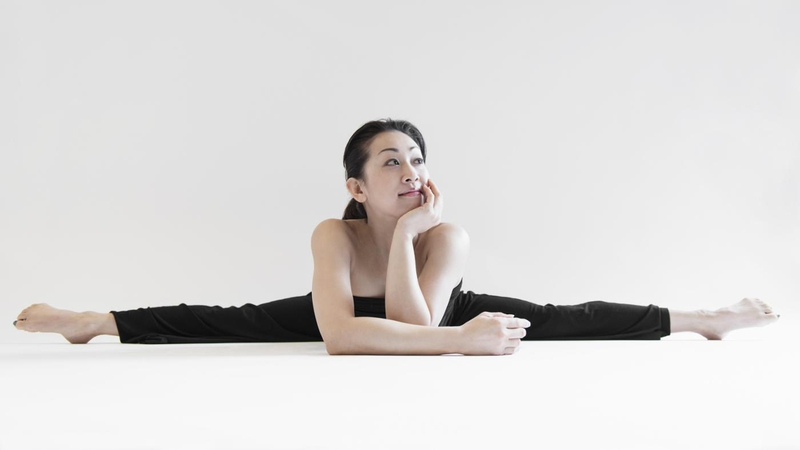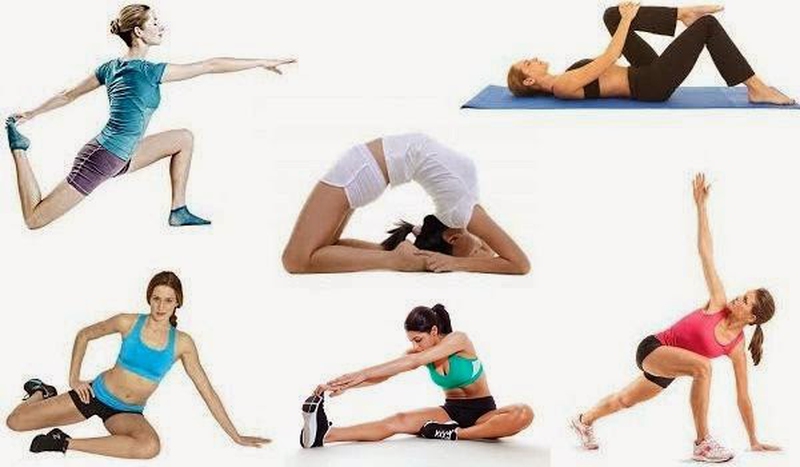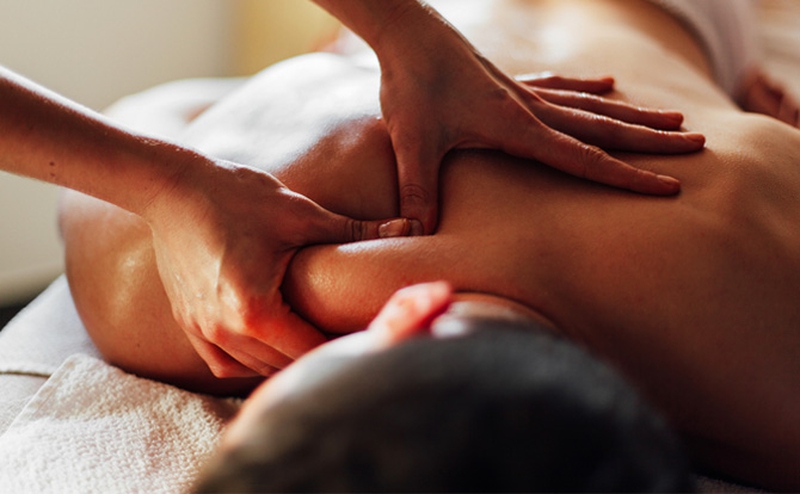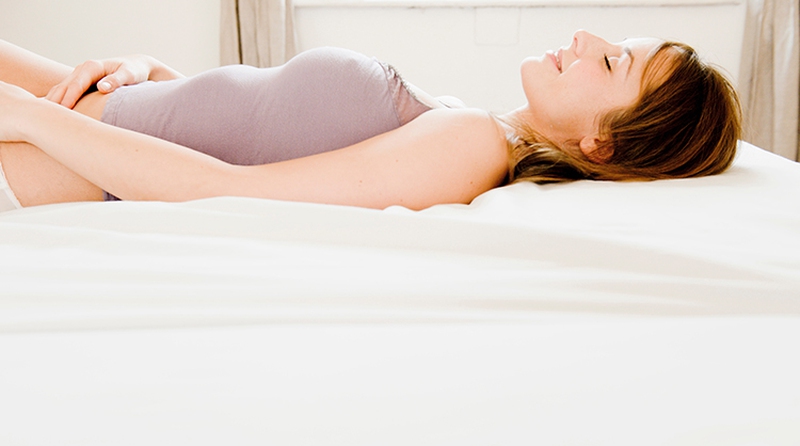As we reach our adulthood, our mobility decreases and we feel less flexible. Even simple bending and twisting of the body seems hard. And we end up with stiffness of muscles, sore back and tight hamstrings. When that happens, the only question in our mind is, how to become flexible again?

Best Ways to Become Flexible
Nutrition First
When we talk of flexibility we automatically opt for stretching, squats and other yoga moves. All of these are important but not until you manage to have adequate nutrition. The most essential nutrients to achieve your flexibility targets are calcium and protein. Make sure to make them a part of your daily dietary intake. Green leafy vegetables and milk promise both nutrients at a time. Secondly, as compared to the other meals of the day, your breakfast should be heavier and nutritious.
Stay Hydrated
A large part of our muscles is composed of water. To get flexibility, proper functioning of muscles is optimal. And that can’t be done without water. Increase your water intake throughout the day, especially before exercising and while having your workout sessions.
Have a Clear Plan!
When your reason to stretch is to improve your range of motion, here is what you need to follow:
Locate the restricted or stiff areas by trying a targeted series of postures (also known as basic assessment positions) that may include sitting in a crossed leg position, squats, splits, neck movement, hip motions, long sitting etc.
Once you have determined your problem area (hip flexors, glutes, lower back or hamstrings), you are supposed to work out on it specifically.
To improve your flexibility, you must avoid pushing hard initially. The best way is to tone down and opt for stretching that involves comfortable and rhythmic pushing moves (it must not hurt you). Increase the intensity or difficulty day by day as you go further into training.
Lastly, make sure to follow the plan persistently.
Stretches
Stretches play the most important role in loosening up your muscles. Make sure to start with some low-impact stretches and then gradually increase the difficulty level. Starting from some hard-hitting moves might cause an injury. And don’t forget to end your workout with some low-impact moves.
Note: Always opt for stretching with warm muscles. Doing with cold ones might cause injury or affect the results. That is why the best time of stretching is post working out.
Dancing
Any form of dancing (salsa, Zumba or regular dancing) is helpful in improving your agility. The constant movement of shoulders, legs, arms and back guarantees a better flexibility level and that is how to become flexible.
Yoga
Yoga is the most sought-after exercise for an improved flexibility. No specific moves but each and every yoga posture is helpful in adding some flexibility in your body. Yoga works for both lower and upper body flexibility. The other advantages of yoga are surely a plus (weight loss, strength, balance). Below is an example of some stretching moves:
Right Sitting Moves
When you are sitting and doing nothing, make use of that time by adding some moves in it. You can try certain moves to improve flexibility. These moves may include, full lotus position or simply move your body at 90-degree angle on both sides.
Foam Rolling
Don’t forget to get the foam roller rolled on your body before and after opting for that stretching sessions. Doing it before working out, prepares your body for it. Foam rolling post exercises, drains out the waste substances released from your body.
Pilates
Pilates moves not just make you more flexible, it also helps in strengthening the core. An observation in University of Iowa proved a much-improved flexibility among the participants involved in Pilates exercise, for two months.
Regular Massage Sessions
How to become flexible when your muscles are stiff? A stiff body contains a lot of knotted muscles that tend to restrict your mobility and flexibility. Thoroughly massaging your body areas like upper back, calves, lats, IT bands and quads a few times in a month is really helpful in gaining flexibility.
Keep Moving
To add flexibility in your lower body area, you are supposed to work on your calves and hamstrings. Contrary to your quads, these are more likely to get jammed and stiff. To loosen them up, following some stretching moves is the best option. Besides that, when you are standing somewhere (even in a queue), try to keep your leg’s muscles engaged. Opt for some calf raises and butt crunches.
Maintain the Right Posture
Flexibility of back and mid torso is important as it helps you in maintaining a right posture and saves you from back injury. Avoid slouching and try to sit up straight as it is the most recommended way to add flexibility in your spinal discs and to make them move freely.
Walk with Big Steps
Whenever you are walking, prefer to take giant steps. It helps in stretching your leg’s muscles. Or even while climbing the stairs, skipping a few steps too, serves the same purpose.
Sleep on Your Back
Even your sleeping position can help in managing your flexibility level. According to Erica Lin, a fitness blogger, sleeping flat on your back (even without pillows, if you can) helps in expansion and opening of spinal discs.
Wear Flexible Clothing
To achieve your flexibility goals, it is essential to put on the clothes that do not restrict your mobility and let your body stretch freely. These small steps make a lot of difference and that is how to become flexible.
Have Reasonable Goals
Everything should be done moderately. Same rule goes with flexibility. Don’t assume flexibility as the power to stretch your legs right behind your head. Its level should be based on the movements you take in your daily life (a runner needs flexible legs and a baseball player needs to have flexible shoulders). So, try the moves that fit in with your daily requirements.
De-Stress Yourself
Stress is one of the key reasons of tightening up of your body. when you feel stressed, your muscles automatically tense up and you experience a restricted mobility. To deal with it, plan weekly activity to manage your stress. It could be anything—light yoga, walk or a weekly massage session. All of it would help your body to unwind.



View All Comments /Add Comment